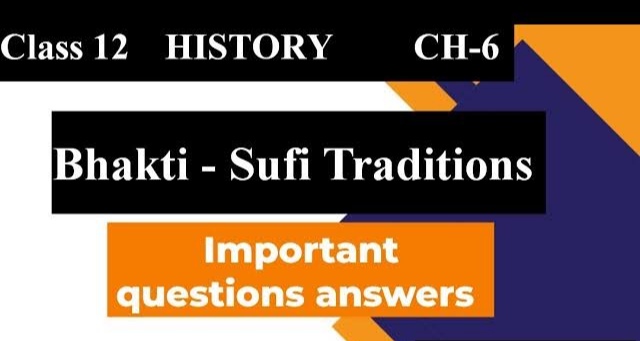Important short and Long Answer Type Cbse board previous years questions
(3 & 8 marks questions with answers)
📘 3-Mark Questions (Short Answer Type)
Q1. What were the main teachings of Kabir?
📌 [CBSE 2008, 2015]
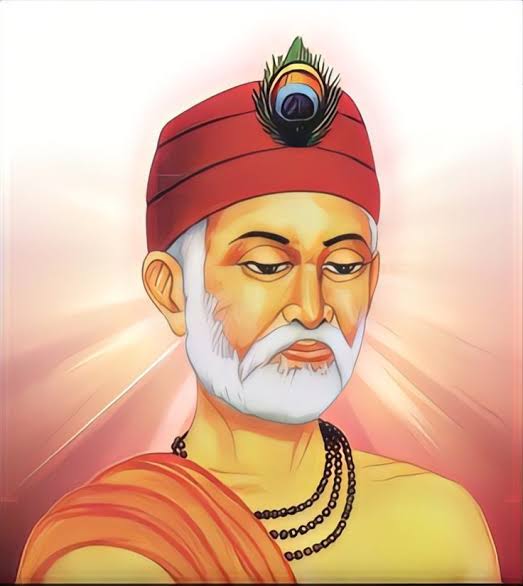
Answer:
- Kabir believed in one formless God (Nirguna bhakti) and opposed idol worship.
- He criticized both Hindu and Muslim orthodoxy—denounced caste system, temples, and mosques.
- He preached unity of God and equality of all humans through simple language like Dohas (couplets).
Q2. How did Sufi saints spread their message?
📌 [CBSE 2011, 2019]
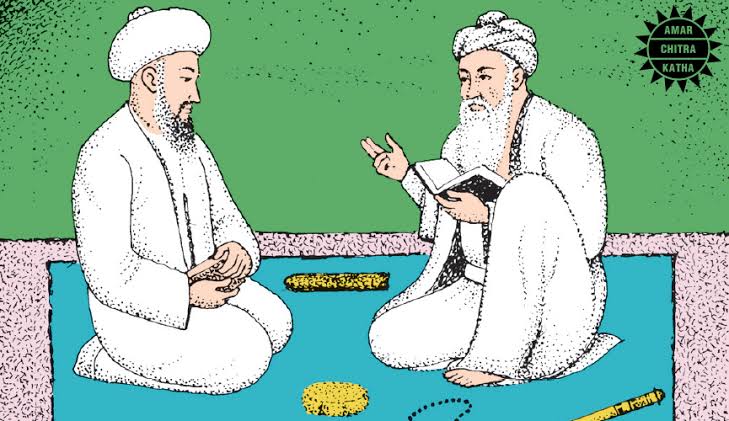
Answer:
- Through spiritual assemblies (Sama, poetry, and songs) at Khanqahs (lodges).
- By emphasizing love, devotion, service to humanity, and rejection of materialism.
- Writings like Malfoozat (sayings), Maktubat (letters), and travels of disciples helped popularize their ideas.
Q3. Describe any three features of the Virashaiva tradition.
📌 [CBSE 2014]
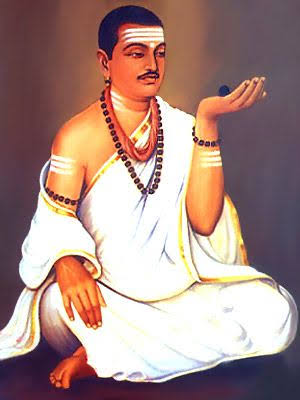
Answer:
- Founded by Basavanna in 12th-century Karnataka; rejected caste and Brahmanical dominance.
- Worshipped Shiva as Linga; emphasized personal devotion and moral living.
- Condemned temple worship and supported gender equality, widow remarriage.
Q4. What role did the Chishti Sufi saints play in India?
📌 [CBSE 2009, 2017]
Answer:
- Set up Khanqahs as centers of spiritual learning, prayer, and social work.
- Emphasized simplicity, devotion to God, service to the poor, and shared meals (Langar).
- Prominent saints like Muinuddin Chishti and Nizamuddin Auliya gained immense popularity.
Q5. Write three characteristics of Bhakti saints of Maharashtra.
📌 [CBSE 2016, 2021]
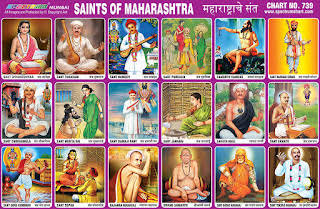
Answer:
- Composed devotional poems in Marathi (called Abhangs), accessible to common people.
- Advocated for equality, devotion to Vitthala (form of Vishnu), and criticized caste.
- Saints like Tukaram, Namdev, and Janabai promoted community worship and moral conduct.
Q6. Why were temples important in the Bhakti period?
📌 [CBSE 2013]
Answer:
- Temples acted as centers of social, cultural, and educational life.
- They were places for music, dance, debates, and public gatherings.
- Royal patronage to temples like Jagannath (Odisha), Meenakshi (Madurai) enhanced their importance.
Q7. What were the major teachings of Guru Nanak?
📌 [CBSE 2005, 2020]
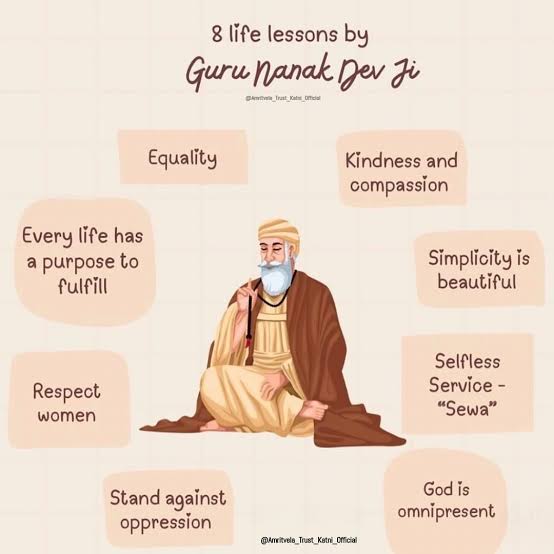
Answer:
- Believed in one God, beyond form or rituals.
- Rejected caste, idol worship, and emphasized equality and service.
- Established Sangat (community prayer) and Langar (community kitchen).
📘 8-Mark Questions (Long Answer Type)
Q1. Describe the main features of the Bhakti movement.
📌 [CBSE 2004, 2008, 2018]
Answer:
- Emphasis on personal devotion to one god (Saguna or Nirguna form).
- Criticism of caste system and social hierarchy.
- Opposition to rituals, priesthood, and Sanskrit texts.
- Use of vernacular languages like Marathi, Hindi, Tamil, Kannada.
- Saints like Kabir, Mirabai, Nanak, Namdev led the movement.
- Bhakti provided spiritual equality and accessible paths for women and lower castes.
- Focused on songs, poems, and direct communication with God.
- Had regional variations across North and South India.
Q2. Discuss the contributions of Sufi saints to Indian society.
📌 [CBSE 2007, 2010, 2019]
Answer:
- Promoted tolerance, love, and universal brotherhood.
- Established Khanqahs (spiritual retreats) as community centers.
- Opposed orthodoxy, emphasized inner purity over rituals.
- Popularized devotional music (Sama) to express love for God.
- Wrote spiritual literature: Malfoozat, Maktubat.
- Attracted followers from all faiths; saints like Muinuddin Chishti became revered.
- Helped blend Persian-Islamic culture with Indian traditions.
- Encouraged social equality and service to the poor.
Q3. Examine the role of women in the Bhakti movement.
📌 [CBSE 2012, 2022]
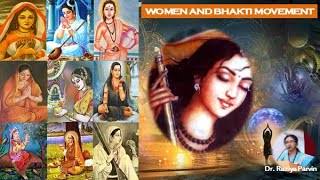
Answer:
- Women saints like Mirabai, Andal, Janabai, Lalleshwari became voices of devotion.
- Rejected male-dominated religious norms and caste.
- Expressed deep emotional surrender to God in their poems.
- Mirabai renounced royal life to follow Krishna devotion.
- Andal’s Tamil hymns express passionate love for Vishnu.
- Janabai emphasized devotion through household chores.
- Women’s voices offered an alternative religious experience.
- Despite resistance, many women achieved spiritual leadership.
Q4. Differentiate between the Saguna and Nirguna traditions of Bhakti.
📌 [CBSE 2006, 2015, 2020]
Answer:
- Saguna Bhakti: Worship of God with form (Rama, Krishna, Vishnu).
- Nirguna Bhakti: Worship of formless God, beyond attributes.
- Saguna supported temple worship; Nirguna rejected rituals.
- Saguna linked to Vaishnavism and Shaivism; Nirguna inspired by Sufi and yogic ideas.
- Saguna saints: Tulsidas, Mirabai; Nirguna: Kabir, Nanak.
- Nirguna bhakti emphasized inner realization over external forms.
- Saguna poetry often rich in mythology; Nirguna poetry used direct, symbolic language.
- Both movements sought direct access to God without intermediaries.
Q5. How did religious ideas and practices evolve during 8th–18th century CE in India?
📌 [NCERT-based, frequently asked]
Answer:
- Rise of Tantra, Bhakti, and Sufism as new religious expressions.
- Worship of personal gods became central (Krishna, Shiva, Allah).
- Emergence of Virashaiva and Nathpanthi movements challenging Brahmanism.
- Growth of temple culture and regional deities.
- Devotional literature in local languages flourished.
- Mystical experiences over formal rituals gained popularity.
- Inter-religious interactions shaped composite cultures.
- Common emphasis on love, service, equality, and internal purity.
Q6 : How are the teachings of Guru Nanak relevant in today’s society?
📌 [Frequently asked in CBSE Boards: 2009, 2014, 2021, 2023]
Answer:
- Belief in One God
- Guru Nanak preached the idea of one universal God (Ik Onkar) beyond religion and form.
- In today’s society with rising religious intolerance, his teaching promotes interfaith harmony and unity.
- Equality and Brotherhood
- He rejected the caste system and gender discrimination.
- This message is highly relevant in today’s world still struggling with social inequality and discrimination.
- Opposition to Ritualism
- Nanak discouraged superstitions, idol worship, and empty rituals.
- Encourages rational thinking and inner spirituality, which is needed in a world full of blind faith and extremism.
- Emphasis on Honest Living (Kirat Karo)
- He advocated for earning a living through hard work and honesty.
- Promotes a work ethic and integrity in a society plagued by corruption and fraud.
- Service to Humanity (Vand Chhako and Seva)
- He emphasized sharing wealth with the needy and performing selfless service.
- Aligns with today’s need for compassion, charity, and social justice.
- Community Spirit (Sangat and Langar)
- Introduced concepts of community worship and communal meals regardless of caste or religion.
- Promotes social inclusion, cultural integration, and communal harmony.
- Universal Message of Peace
- Guru Nanak’s teachings emphasized non-violence, peace, and humility.
- Extremely vital in today’s world of conflicts, violence, and polarization.
- Emphasis on Education and Awareness
- He stressed on gaining spiritual and practical knowledge.
- Encourages moral education and awareness, much needed in today’s education system.
✅ Conclusion:
Guru Nanak’s teachings are timeless and offer a universal framework for a peaceful, inclusive, and ethical society. His principles act as a moral compass in the present-day world struggling with religious intolerance, inequality, and materialism.
